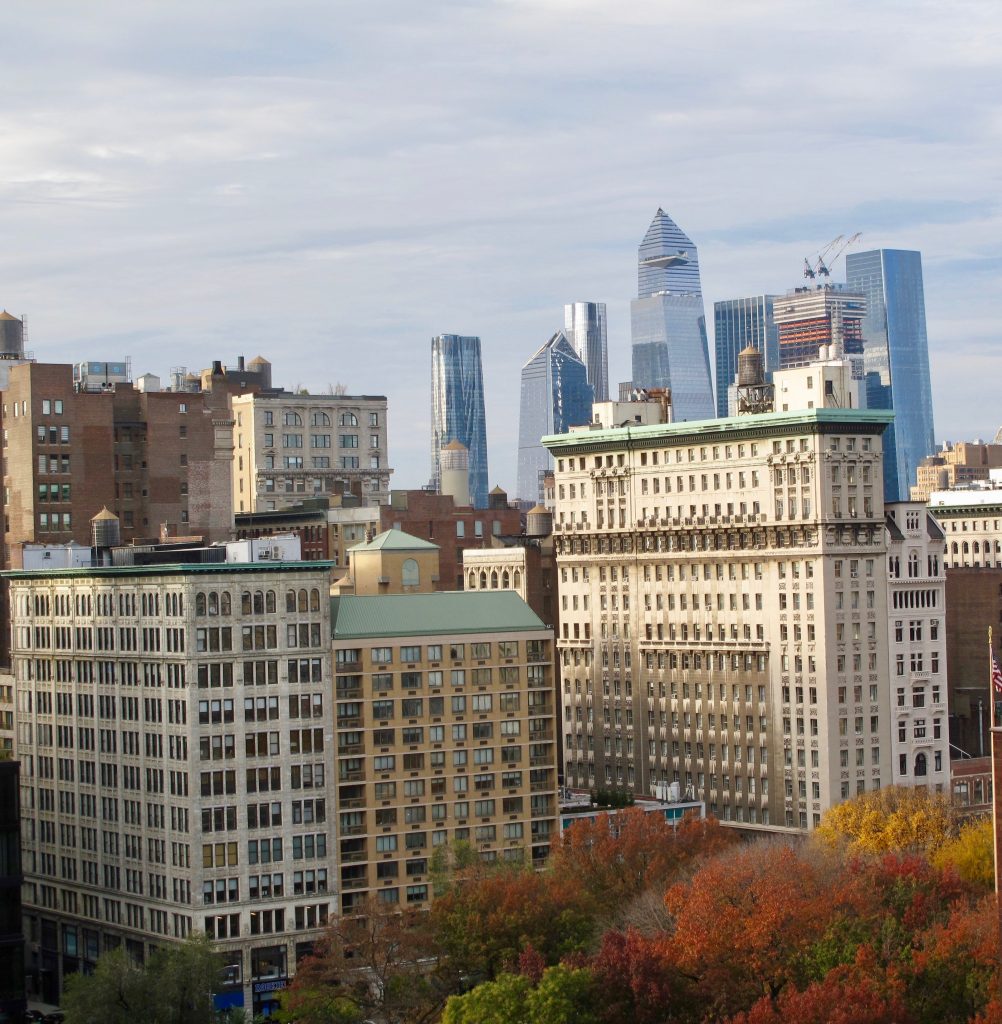
Saturday, February 5
The beach was approached via a patch of jungle-like palm trees which grew, however, out of the inevitable sand. There was a footworn path which he followed. A few metal poles, perhaps from an abandoned children’s playground, stuck up out of the sand and were encrusted near the top with small white snails fastened tightly like barnacles. The metal was so hot, he could barely touch it….He went into the water, swam out until he felt slightly tired, then turned back. The water was shallow quite far out.
What a pleasure amid all this wintry weather to read about someplace warm. The above is from Patricia Highsmith’s 1993 novel The Tremor of Forgery, which is set at a beach resort town in Tunisia. Previously, I read Andrea Camilleri’s final Inspector Montalbano mystery, Riccardino, also set in a warm place, Sicily. I think I’ll keep up this trend through February, staving off the cold at least mentally.
Unlike Highsmith’s more famous works, The Tremor of Forgery is not diabolical, nor does it involve sociopathic characters. I keep waiting for such folks to appear, but 200 pages in, they have not.
In other reading, the current issue of The New Yorker (February 7) contains a review essay on “the Method,” the style of acting that became popular in the 1950s. I well remember television talk shows during which Johnny Carson or some such host would ask one of his celebrity guests to explain method acting. And of course they would try. What Alexandra Schwartz’ article reveals is that no one can really explain it: Its practitioners and teachers had as many doctrinal differences as psychotherapists or Marxist revolutionaries.
The whole thing began with Russian guru Konstantin Stanislavski, who set out to reform his country’s stage actors, who he thought were bombastic and stiff. New Yorker Lee Strasberg, a bookkeeper and theater aficionado, was exposed to Stanislavski’s handiwork via a New York performance of the Moscow Art Theatre. He enrolled in an acting school where Stanislavski disciples taught—and by 1930, Strasberg himself was delivering lectures on thespian-hood. Others, including Stella Adler, thought that Strasberg was imperious, “sick and schizophrenic.” So, she too, attracted acolytes and began teaching the craft…but of course differently from Strasberg.
Strasberg, famously, wanted his students to comb through their lives for deep emotional moments—and use these, when appropriate, on stage. Instead, Adler said they should just use their imaginations.
Schwartz doesn’t neglect two figures who she says really put the Method on the public map: Marlon Brando, an Adler student and actor now known to everyone who ever saw a movie, and Elia Kazan, who won fame as the director of On the Waterfront and as an anticommunist, name-naming witness before the House Un-American Activities Committee. Ultimately, the Method’s students were legion: James Dean (who Marlon Brando regarded as a copycat), Montgomery Clift, Sidney Poitier, Paul Newman, Julie Harris, Anne Bancroft, and tons of others.
What begins as a revolution can become a conventional practice—and mere fodder for possibly apocryphal anecdotes. The 1976 film Marathon Man pitted two cinema legends—each an embodiment of a different approach to acting—against each other: the second-generation Method sensation Dustin Hoffman and the traditionalist legend Laurence Olivier. It is said that, to prepare for a scene in which he was to appear exhausted, Hoffman went out for a strenuous jog. Olivier found this curious, prompting Hoffman to ask what he did to get in character for a role. “I pretend,” Olivier is said to have responded.
Dinner: an Amy’s frozen pizza, salad, and the addictive tapioca pudding.
Entertainment: The Bertrand Tavernier movie The Clockmaker of St. Paul on Kanopy.




